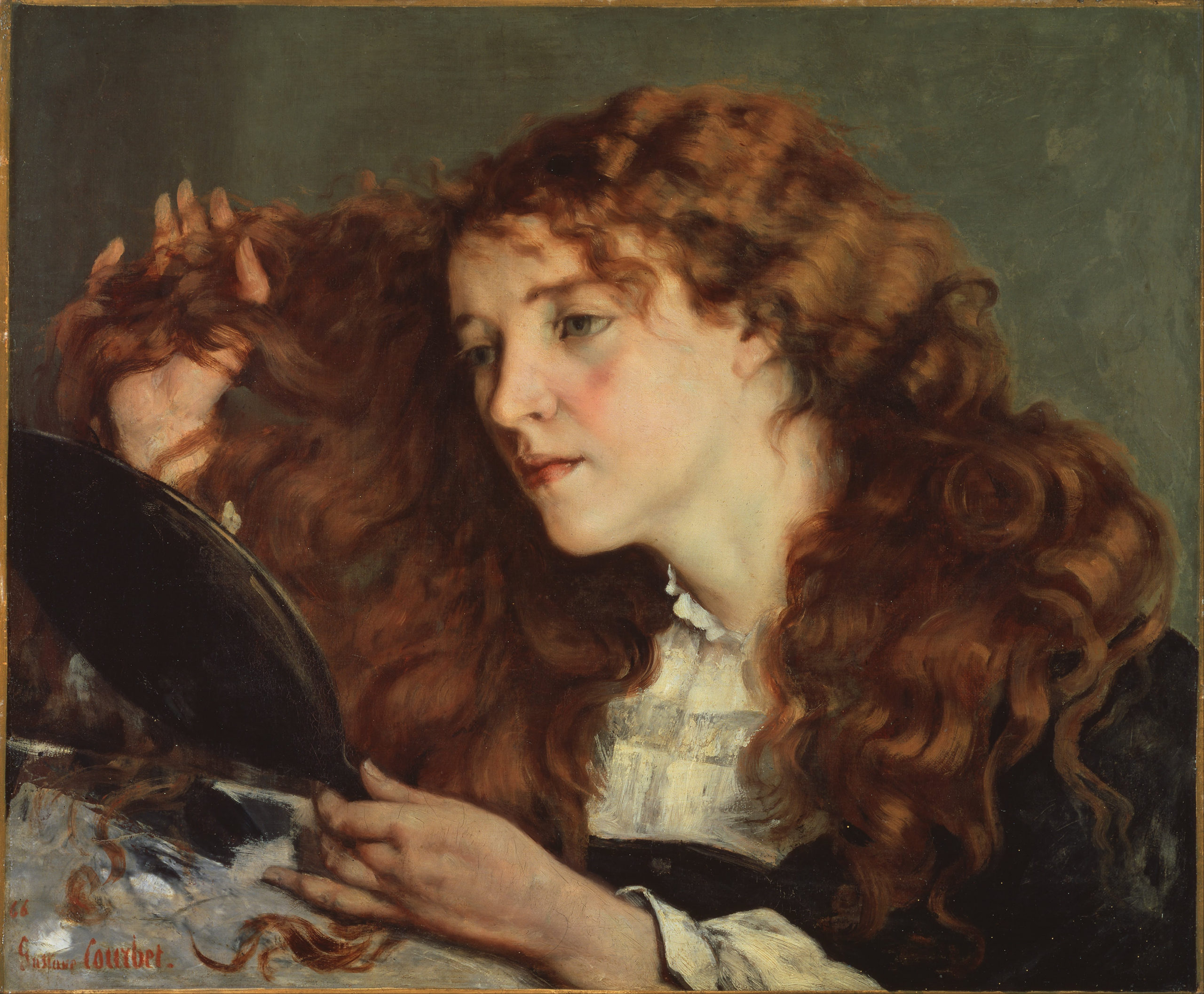
Of Blessed Memory: Linda Nochlin
She told the scholar Maura Reilly, “We lived near Ebbets Field and whenever the Dodgers made a home run all the ornaments on the mantelpiece shook from the wild applause.” Growing up, she routinely attended cultural events throughout the city (as an ardent balletomane she could often be found at performances of the New York City Ballet), and she later went to Vassar College in Poughkeepsie, graduating in 1951 with a degree in philosophy, minoring in Greek and art history. Two years later, she married the professor Philip H. Nochlin, and they had a daughter, Jessica. He died in 1960.
Her graduation from Vassar was followed by an M.A. in English at Columbia University in 1952, after which she went on to New York University’s Institute of Fine Arts to pursue a doctorate in art history. “It was during the McCarthy period that I came to maturity,” she told an interviewer earlier this year. “I went to the Institute. I really wanted to work on something that was anti-McCarthy. That was left. I was a person of the left and Courbet was the ideal subject in that.” Her writings about the French Realist artist focused closely on his representations of the working class and women, and in 1988 she co-curated a retrospective of his work at the Brooklyn Museum which included the first public display of his “The Origin of the World”—a truncated view of a woman’s naked vulva—since its creation in 1866.
Nochlin’s 1971 article jumpstarted the previously non-existent field of feminist art history. She said that when she began writing it, in 1970, she had recently become deeply involved with feminist issues. Two years earlier, she’d married the architectural historian Richard Pommer, and they had Philip Pearlstein paint a double-portrait of them as newlyweds. (They had a daughter, Daisy, and Pommer died in 1992) Later, Nochlin wrote of that painting, “Flatness, abstraction, formalism, patriarchy, racism, cultural authority of every kind: the doctrines of Modernism were never accepted so unquestioningly again. The portrait, for me, was part of the end to the simple acceptance of what art was about and had to be. The next year, women’s liberation made its dramatic entry, with a whole new set of revolutionary rejections and innovative projects, including the women’s movement in art.”
Over the course of her six-decade career, she also made significant contributions to the study of Realism and Gustav Courbet, Impressionism and Post-Impressionism, as well as numerous contemporary artists. Her books include Realism (1971), Women, Art, and Power, and Other Essays (1988), The Politics of Vision (1991), The Body in Pieces: The Fragment as a Metaphor of Modernity (2001), and Bathers, Bodies, Beauty (2006). A final volume, detailing how misery is represented in England and France in the latter half of the 19th century, is slated to appear next spring. Her writing, according to ARTnews, “evinces a rare ability to present both intense research and theory in accessible prose, and she was also wry, witty, and experimental in print.”
And she was a wonderful, inspiring teacher. I first heard her lecture in Vassar’s well-loved Art 105-106 course, and I then went on to take both 200- and 300-level classes with her. The combination of a relaxed, affable style and a laser-like intellect made her a joy to listen to. I found her an exacting but gentle presence who governed the classroom with encouragement rather than intimidation. Not a conventionally beautiful woman, she nonetheless carried herself with utmost confidence and showed great panache—a chic haircut, avant-garde clothing fresh from Paris, hand-wrought artisan-made jewelry.
Weeks before the end of the semester, she invited the seminar students to a little gathering at her home. Most of us were seniors, and graduation loomed just ahead. “This was a special time, a precious time,” she told us. “It was time entirely dedicated to reading, studying, and learning, without any other adult demands or distractions to interfere. You’ll never have it in quite the same way again.” I didn’t understand her then—I was too eager to leave school behind and have my adult life begin—but in the intervening decades, I have come to understand just how right she was.
In 1989, nearly 20 years after the publication of “Why Have There Been No Great Women Artists?” Nochlin was asked by the Vassar Quarterly about the effect her work has had. Most response, she noted, had been “extremely enthusiastic and positive,” though she said that some people had felt threatened by her work. But she seemed to take the reactions very much in stride. “I do a lot of traveling and lecturing…I welcome the chance to travel around the world, talking to people and gathering responses, many of which I later incorporate into my work. I feel that in some sense, all my work is provisional: that is to say, while I believe in it very strongly, I still remain open to what I hear, learn, and experience. I see it very much as a dialectic, a cooperative experience. Feminist art history—like feminism itself—is a product of give and take, talking and listening.”
The views and opinions expressed in this article are the author’s own and do not necessarily reflect those of Lilith Magazine.
3 comments on “Of Blessed Memory: Linda Nochlin”
Comments are closed.




Fascinating profile. Thank you for bringing her amazing life to light.
Beautiful article. I learned a lot and am excited to investigate her work further.
I’m so sorry to learn that Linda Nochlin died just last month! I had always hoped to meet her face to face. Her iconic article, “Where are the Great Women Artists,” inspired my own talk, presentation, and article, “Here are the Great Women Cartoonists,” written in 2005 in response to the prestigious traveling exhibit and catalog, “Masters of American Comic Art,” which included not one woman.